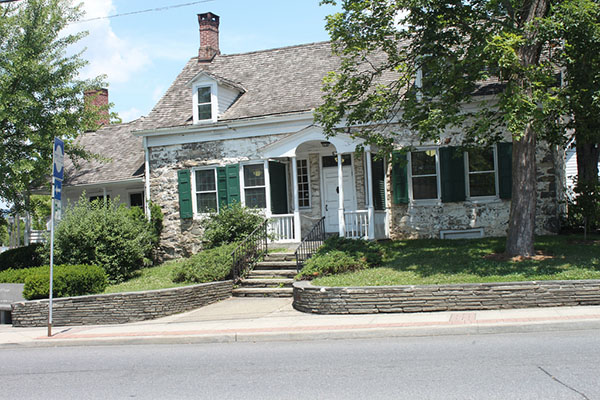

This year the eighth-annual One Book, One New Paltz program used Toni Morrison’s novel “Home” to explore issues relating to race, war and the power of healing through quilting.
The program featured fifteen events from Nov. 17 to 24 that drew hundreds of community members together to discuss Nobel laureate Toni Morrison’s 2012 book.
“Home” tells the story of Frank Money, a 24-year old African-American man afflicted with Post Traumatic Stress Disorder after returning from the Korean War in the 1950s.
Troubled by the memories of a difficult upbringing, Frank chooses to move to California rather than return to his hometown of Lotus, Ga. He is tortured by the memories of violence he witnessed during the war. When his sister, Cee, becomes deathly ill, Frank is forced to begin a cross-country journey home.
According to Linda Welles, one of the 12 committee members and a former New Paltz elementary school principal, the group weeded through as many as 70 books before they decided on the 160-page novel.
“It takes weeks and weeks to find a well written book that is accessible to a broad variety of community members and that will encourage discussion,” Welles said. “Toni Morrison’s book met all the criteria very easily.”
Welles said the story was a “hero’s journey” that drew from themes in Homer’s Odyssey. For example, Frank’s hometown is Lotus, Ga., while the lotus plant plays a role in Odysseus’ journey, serving as a delicious distraction that threatened his crew’s return home from battle.
On Nov. 23 the Elting Memorial Library hosted a screening of the documentary film “The Quilts of Gee’s Bend” and focused on an important theme in “Home,” – the healing power of quilting.
The film tells the story of the quilting tradition of a group of African-American women in Gee’s Bend, Ala. that dates back to the 19th century when the area was the site of a cotton plantation.
“Gee’s Bend has an amazing beautifully artistic quilting tradition,” Welles said. “The camaraderie and singing that goes along with it created a community that helped them make it through a distressful period of time.”
Sharon Waddell, a quilt historian and appraiser, spoke on the role of quilting in the lives of African American women and of the connection between women’s quilting groups and the book. Quilting, according to Waddell, has been used as therapy for returning soldiers in a number of wars.
At the event, Waddell also displayed several examples of quilting through different time periods in American history.
In the novel, quilting plays a central role in the recovery of Frank’s sister Cee, the female protagonist, who is taught the art by a group of women who lived through the Depression.
“For some of us, the book is filled with things that you can be horrified with: acts of racism, violence, the post traumatic stress experience of the main character. But there’s also a lot of hope in the book, there’s a sense of redemption, community,” Welles said.
Welles is already looking forward to choosing next year’s One Book selection. The process, she said, is set to begin in February and committee members are already talking informally about potential books.
“We’re always looking for ways of bringing different elements of the community into the process we’d love to have college students on the One Book, One New Paltz committee next year,” Welles said.
